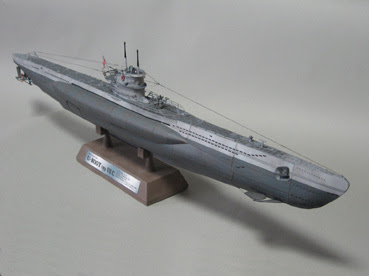

Diverse art styles are used and character proportions and features can be quite varied, including characteristically large emotive or realistically sized eyes. The production of anime focuses less on the animation of movement and more on the realism of settings as well as the use of camera effects, including panning, zooming and angle shots. In the mid-1980s, the term anime began to supplant Japanimation.* * In general, the term now only appears in period works where it is used to distinguish and identify Japanese animation.* Īnime is a diverse art form with distinctive production methods and techniques that have been adapted over time in response to emergent technologies. The English term “animation”is written in Japanese katakana as アニメーション (animēshon, pronounced ),* and is アニメ (anime) in its shortened form.* Some sources claim that anime derives from the French term for animation, dessin animé,* * but others believe this to be a myth derived from the French popularity of the medium in the late 1970s and 1980s.* In English, anime, when used as a common noun, normally functions as a mass noun (for example: “Do you watch anime?",“How much anime have you collected?").* Prior to the widespread use of anime, the term Japanimation was prevalent throughout the 1970s and 1980s. The etymology of the word anime is disputed. Anime is distributed theatrically, by television broadcasts, directly to home media, and over the internet and is classified into numerous genres targeting diverse broad and niche audiences. The characteristic anime art style emerged in the 1960s with the works of Osamu Tezuka and spread internationally in the late twentieth century, developing a large domestic and international audience.

The earliest commercial Japanese animation dates to 1917, and production of anime works in Japan has since continued to increase steadily. Takenly classified as a genre.* * :7 In Japan, the term anime refers to all forms of animation from around the world.* * English-language dictionaries define anime as a “Japanese-style animated film or television entertainment”or as “a style of animation created in Japan”.* * The word is the abbreviated pronunciation of “animation”in Japanese, where this term references all animation.* In other languages, the term is defined as animation from Japan or as a Japanese-disseminated animation style often characterized by colorful graphics, vibrant characters and fantastic themes.* * Arguably, the stylization approach to the meaning may open up the possibility of anime produced in countries other than Japan.* * * For simplicity, many Westerners strictly view anime as an animation product from Japan.* It does not store any personal data.Anime Anime (アニメ, ) are Japanese animated productions featuring hand-drawn or computer animation. The cookie is set by the GDPR Cookie Consent plugin and is used to store whether or not user has consented to the use of cookies. The cookie is used to store the user consent for the cookies in the category "Performance". This cookie is set by GDPR Cookie Consent plugin. The cookie is used to store the user consent for the cookies in the category "Other. The cookies is used to store the user consent for the cookies in the category "Necessary". The cookie is set by GDPR cookie consent to record the user consent for the cookies in the category "Functional". The cookie is used to store the user consent for the cookies in the category "Analytics". These cookies ensure basic functionalities and security features of the website, anonymously.

Necessary cookies are absolutely essential for the website to function properly.


 0 kommentar(er)
0 kommentar(er)
